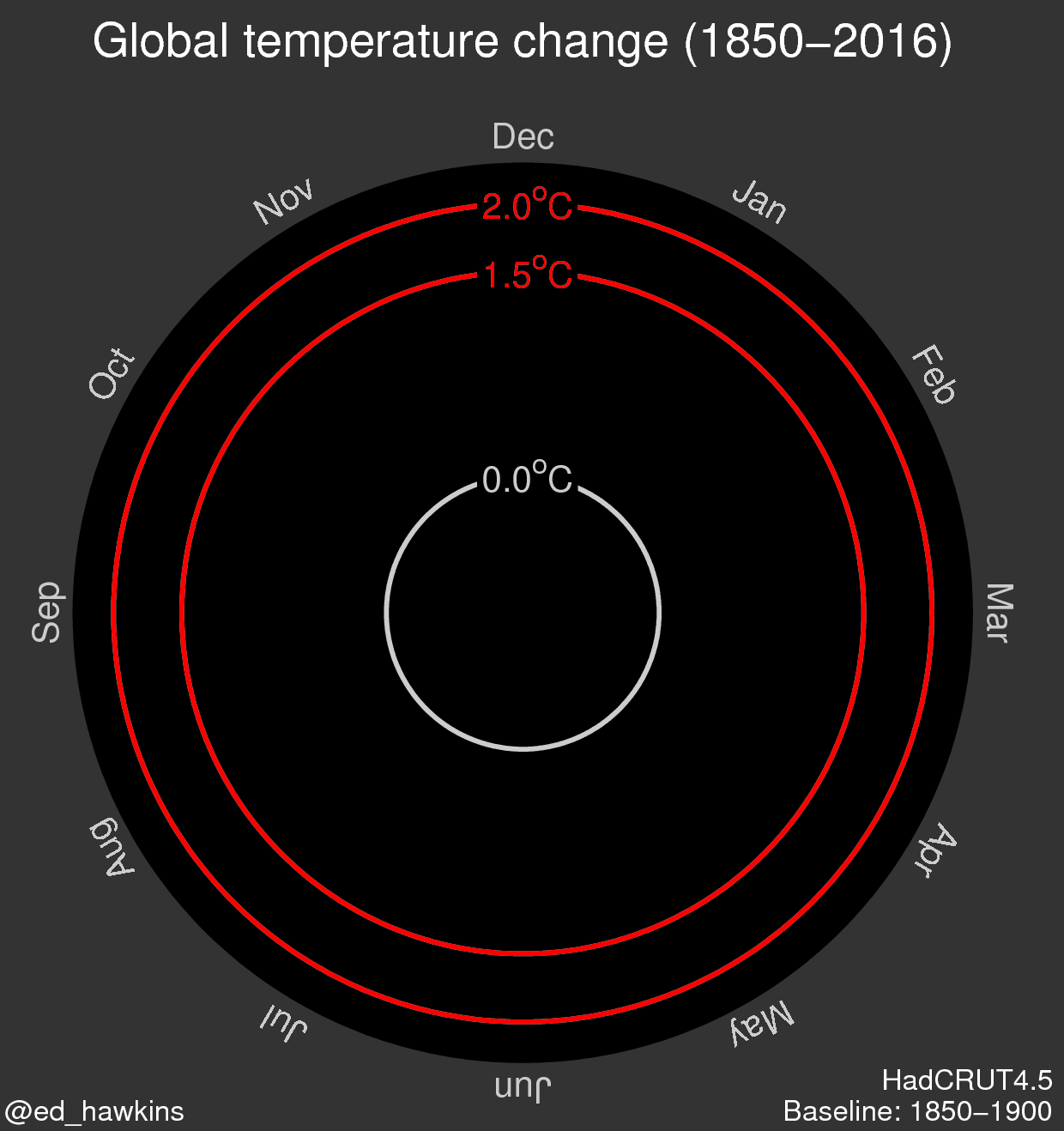 |
| The entrance to the Svalbard Global Seed Vault. Image: Svalbard Global Seed Vault |
The Estonian onion potato, black-eyed peas, Bambara groundnuts, and Hunter barley used to brew Irish beer are among the 70,000 deposits made today at Svalbard. That brings the total number of seeds deposited at the facility to a whopping 1,059,646, according to the BBC.
A year ago, a flood at the vault’s entrance prompted a re-evaluation of the facility’s ability to fend off the effects of climate change (thankfully the flood didn’t damage the facility). Following a feasibility study commissioned by its Ministry of Agriculture and Food, the Norwegian government is proposing a startup grant of 100 million NOK ($12.7 million) to improve performance and extend the long-term viability of the vault.
Even though it’s located in the Arctic Circle, Svalbard’s temperature is expected to increase from an average 21 degrees F (-5.9 C) to 38 degrees F (3.3 C), and rainfall is expected to increase by 40 percent, by the year 2100. Ironically, the facility designed to safeguard seeds in the event of climate change is being threatened by climate change.
To prepare the vault for the coming effects of climate change, and to ensure that it will “continue to offer the world’s gene banks a secure storage space in the future,” the facility will be equipped with new refrigeration units, a concrete access tunnel, a service building to house emergency power, and new electrical equipment. Waterproof walls have already been fitted to prevent flooding.
Three years ago, the Syrian Civil War prompted the first documented withdrawal of seeds from the vault. So while the Svalbard Seed Vault may seem like something we’ll need for the future, the facility has already proven its worth.
Links
- The government proposes to allocate 100 million NOK to upgrade the Svalbard Global Seed Vault
- Arctic stronghold of world's seeds reaches one million mark
- The Syrian Civil War Has Prompted the First Withdrawal from the Doomsday Seed Vault
- Scientists Add 50,000 Seeds To Arctic Doomsday Vault Because Everything Is Awful
- The Doomsday Vault Isn't Flooded But We're All Still Going To Die
- Extreme Heat Will Make Parts Of The Middle East And Africa Uninhabitable By 2050

















